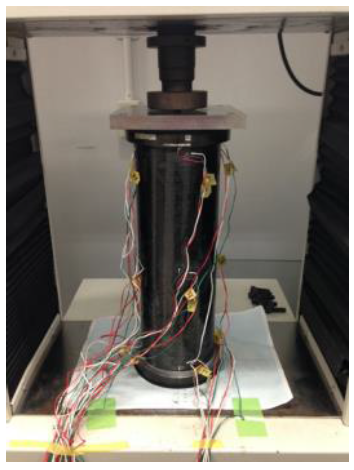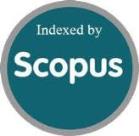Buckling Experiment on Anisotropic Long and Short Cylinders
Keywords:
buckling, cylinders, anisotropyAbstract
A buckling experiment was performed on anisotropic, long and short cylinders with various radius-to-thickness ratios. The 13 cylinders had symmetric and anti-symmetric layups, were between 2 and 6 in terms of the length-to-radius ratio, between 154 and 647 in radius-to-thickness ratio, and made of two kinds of carbon fiber reinforced plastic (CFRP) prepreg with high or low fiber modulus. The theoretical buckling loads for the cylinders were calculated from the previously published solution by using linear bifurcation theory considering layup anisotropy and transverse shear deformation and by using deep shell theory to account for the effect of length and compared with the test results. The theoretical buckling loads for the cylinders were calculated from the previously published solution by using linear bifurcation theory considering layup anisotropy and transverse shear deformation and by using deep shell theory to account for the effect of length. The knockdown factor, defined as the ratio of the experimental value to the theoretical value, was found to be between 0.451 and 0.877. The test results indicated that a large length-to-radius ratio reduces the knockdown factor, but the radius-to-thickness ratio and other factors do not affect it.

Published
How to Cite
Issue
Section
License
Submission of a manuscript implies: that the work described has not been published before that it is not under consideration for publication elsewhere; that if and when the manuscript is accepted for publication. Authors can retain copyright in their articles with no restrictions. is accepted for publication. Authors can retain copyright of their article with no restrictions.
Since Jan. 01, 2019, AITI will publish new articles with Creative Commons Attribution Non-Commercial License, under The Creative Commons Attribution Non-Commercial 4.0 International (CC BY-NC 4.0) License.
The Creative Commons Attribution Non-Commercial (CC-BY-NC) License permits use, distribution and reproduction in any medium, provided the original work is properly cited and is not used for commercial purposes.



